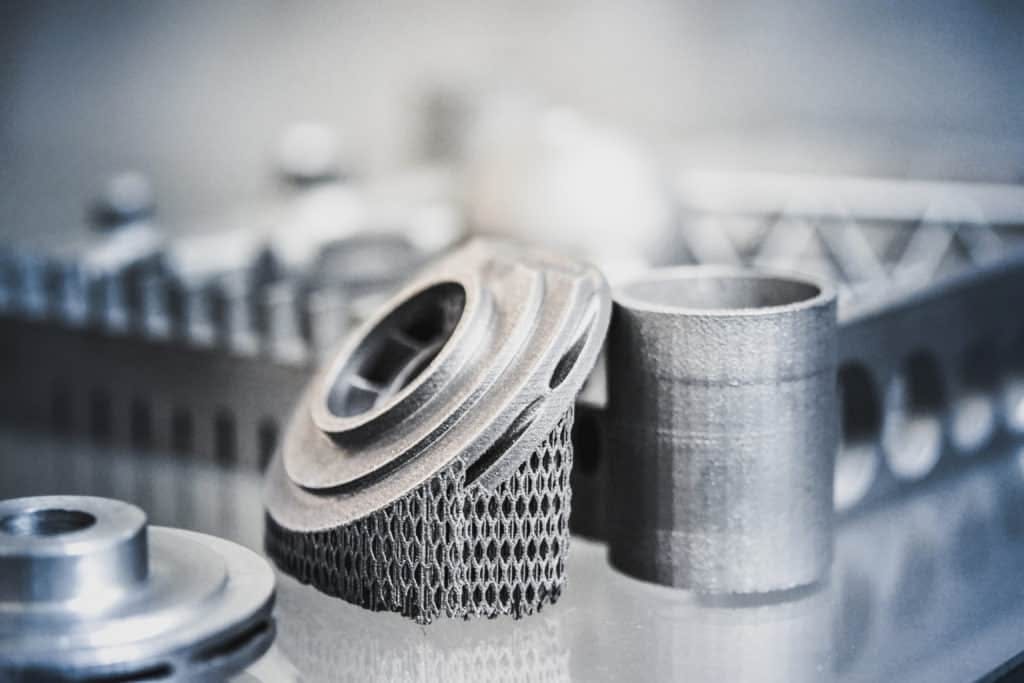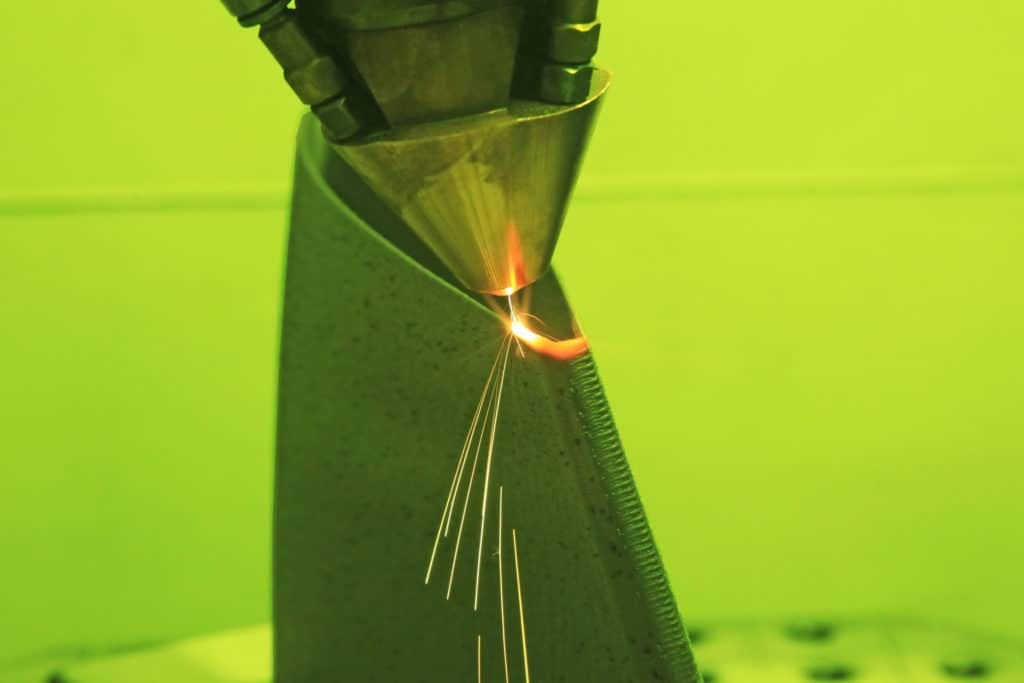In this new technological dispensation, innovation has completely changed how brands and businesses work. For you to thrive in business, you must ensure you evolve around digital innovation. You also need to scale your internal venture like environments, as well as offer new and advanced products and services to your customers.
The traditional, now outdated discoveries development strategies are going through a shift that requires new manufacturing technologies that support sustained competitiveness. Today, startups are not the leaders in implementing the latest technologies as it used to be back in the day. The established businesses are quickly adopting modern methodologies in software development and design like prototyping. Today also, the established firms are quickly translating the innovative startup processes in their corporate structure. Going forward, we believe that they will capitalize on the startup’s untapped digital opportunities such as rapid prototyping in manufacturing, in material and processes, in product design, technologies, as well as the rapid development of innovative products and accelerate innovation.
What is Rapid Prototyping?
Prototyping is the process of validating the possibilities that a product will be capable of solving the problem that is required to. A prototype seems to be real enough such that potential users can interact with it and give feedback. In case the feedback given by the user about the prototype is negative, the firm is saved considerable amounts of time and money to build a product or service that won’t perform in real sense. Positive feedback, on the other hand, shows that the product concept is on point and from there; and aids in the advanced product development.
The term rapid, on the other hand, is used to mean the speed in which the prototype can be produced. Also, how fast the feedback can be collected and synthesized and also, how quickly the following iterations can go through the same process. Therefore there is a great need for teams to strike a balance between creating a prototype that looks near-real so that users can provide real feedbacks and reactions.

DMLS – Direct Metal Laser Sintering
The technology is useful in most industries today and has a wide range of applications including the automotive industry, marine, aerospace and defense, robotics, energy, and consumer products.
Types of prototypes in product design
Prototypes are categorized based on the degree of accuracy needed. For instance, there is Fidelity. Also, they can be classified depending on the product development stage the technology is applied.
Fidelity types
Prototypes don’t have to look exactly like the final product and can vary widely based on what the designer wants to achieve from it. As stated, rapid prototypes are classified based on the accuracy needed. The degree of accuracy varies from low to high Fidelity in the products appearance, functionality, size, and user interface.
Low Fidelity Prototype
These are very simple, and they are produced very quickly for testing the boarder concept like cardboard mock-ups and paper sketches or consumer products.
High Fidelity prototypes
These appear and work exactly like the final product. They are used in industries where unmatched precision is required and the best use of 3D printing is of essence, e.g., in the automotive, robotics aerospace and defense industries since the production parts are cut precisely.

Selective Laser Sintering
Selective laser sintering (SLS) is an AM technique (additive technology) with the lasers the power source for sintering powdered materials such as polyamide or nylon. It aims the laser automatically at the points in space that are defined by a 3D model.
What are the benefits of using Rapid prototyping in Product design and development?
It is one of the challenges that most product designers face, being unable to make in-house management stuff, or their client to realize how the end product will look and feel. While today there are tremendous advancements in the 3D and CAD technologies, it still a daunting task to explain the design aspects through the digital models. Therefore one must prove it in the first place.
Rapid prototyping or additive manufacturing technology has come a long way, and today its gaining popularity among manufacturers and engineering designers. It remains to be a fast and accurate way of realizing the potential of a product. This is why firms no longer do not shy away from adopting rabid prototyping technologies when coming up with their new products. It brings a high fidelity from the conceptualized product when you judge against the conventional paper prototyping. Here are some of the benefits of this technology in product design and development.
Realise the design concept
This technology allows one to realise the concepts beyond just virtual visualisation, thus making one understand the looks and feel of a design. Therefore designers can forward their ideas and apply them in the design before finalisation. The end client who won’t take anything short of realistic product design is also provided with a proof of concept
Incorporates changes instantly
With a physical model ready, you can easily incorporate changes immediately by asking your customers for feedback. There are lots of iterations needed before you finalise the design. With every iterative process, the design is further improved, and this builds confidence among the designer and consumer.
Saves costs and time
Rapid prototyping service, in manufacturing, it is cost-effective and reduces the time spent in developing patterns, molds and also eliminates the cost of bringing in specialised tools. You will use the same printing equipment and CAD software to produce various geometries. There is less materials that goes to waste as selective laser melting is pretty much used.
In conventional paper prototyping, eg, CNC machining, the waste produced is significant, compared to rapid prototyping where it only prints only the material that’s needed to build a project.
Minimises design flaws
Additive manufacturing enables one to identify defects in the design before mass production. Materials used in additive manufacturing pretty much look like the properties and also the strength of the real product. This it is possible to execute a physical test easily. Faults and usability will be identified earlier, avoiding risks that may manifest later in the manufacturing process.